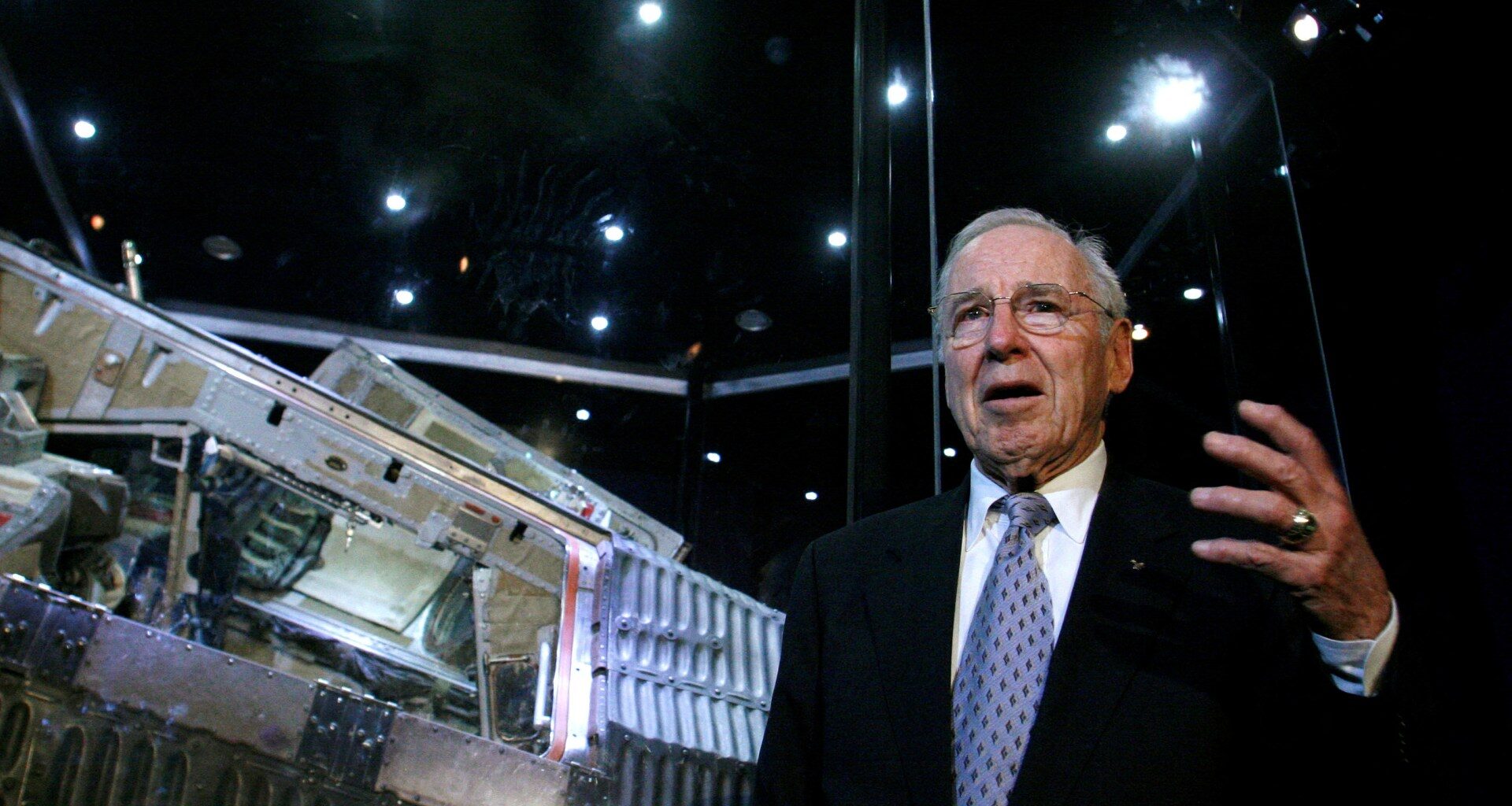Known as Smilin’ Jim, Lovell was a veteran of the Apollo 8 lunar voyage and a mission commander for the ill-fated Apollo 13 flight.
The National Aeronautics and Space Administration (NASA) in the United States has confirmed that one of its most famous space explorers, Jim Lovell, has died at age 97.
In a statement on Friday, Transportation Secretary and NASA administrator Sean Duffy confirmed that Lovell passed away at his home in Lake Forest, Illinois.
Lovell is perhaps most famous for his 1968 voyage on the Apollo 8 space flight, which made history as the first voyage to take human beings past the Earth’s gravitational field and around the moon.
For that flight, which took more than six days to complete, Lovell served as command module pilot, alongside astronauts Frank Borman II and William Anders. They circled the moon 10 times before returning to Earth.
Lovell was the last surviving crew member from that flight.
He also was a key figure on the doomed 1970 Apollo 13 flight, which was meant to conduct the third lunar landing.
But the flight met with disaster when its oxygen tank exploded in space, endangering all aboard. It was unclear whether Lovell, the most experienced astronaut on the flight, and his two colleagues, John Swigert Jr and Fred Haise Jr, would return from the voyage alive.
As mission commander, however, Lovell helped steer their lunar module back to Earth in a death-defying return splashdown. It was his last space flight, and he has been praised for his calm under pressure.
“Jim’s character and steadfast courage helped our nation reach the Moon and turned a potential tragedy into a success,” Duffy said.
“From a pair of pioneering Gemini missions to the successes of Apollo, Jim helped our nation forge a historic path in space that carries us forward to upcoming Artemis missions to the Moon and beyond.”
Known by the nickname Smilin’ Jim, Lovell was born in Cleveland, Ohio, on March 25, 1928.
He began his aviation career in the 1950s as part of the US Navy, where he completed a four-year tour of duty as a test pilot in Maryland. During his naval service, he logged more than 7,000 hours of flying time.
Then, in 1962, he was selected by NASA to be an astronaut.
More details to follow

